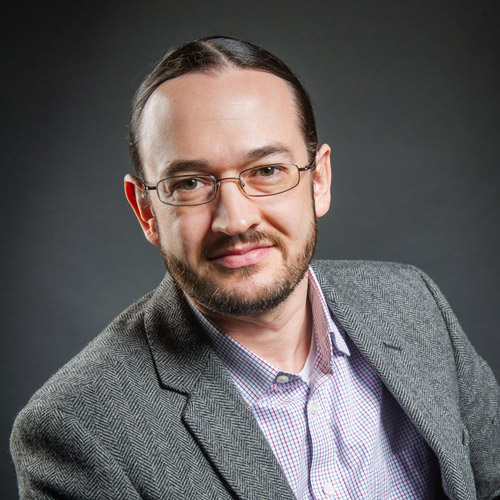Microbes Reveal Clues About Extraterrestrial Life
BU student Natalie Lett explains the science behind biologist Jeffrey J. Marlow’s research into “extremophile” life
In this video, watch a quick explainer of how BU biologist Jeffrey J. Marlow studies microbes and other living organisms that make their homes in the planet’s most inhospitable places, like active volcanoes and underwater methane seeps. Background image courtesy of Marlow
What if clues to the nature of extraterrestrial life could be found right here on Earth? Not in the form of little green men, but little (sometimes) green microbes.
At Boston University, biologist Jeffrey J. Marlow studies what’s known as “extremophile” life. These are living organisms that thrive in environments that would be toxic to you and me: undersea methane seeps, active volcanoes, alkaline springs. A BU College of Arts & Sciences assistant professor of biology, Marlow travels by helicopter, submersible, and rappel line to some of the most inhospitable environments (to humans!) on Earth, in search of these microbial communities. He studies them in the hope of gaining valuable insights into the origins of life itself.
In the video above, BU student Natalie Lett (COM’27) explains the science behind extremophile life, and asks Marlow how these microbial communities might give us clues to life on Mars.

Comments & Discussion
Boston University moderates comments to facilitate an informed, substantive, civil conversation. Abusive, profane, self-promotional, misleading, incoherent or off-topic comments will be rejected. Moderators are staffed during regular business hours (EST) and can only accept comments written in English. Statistics or facts must include a citation or a link to the citation.